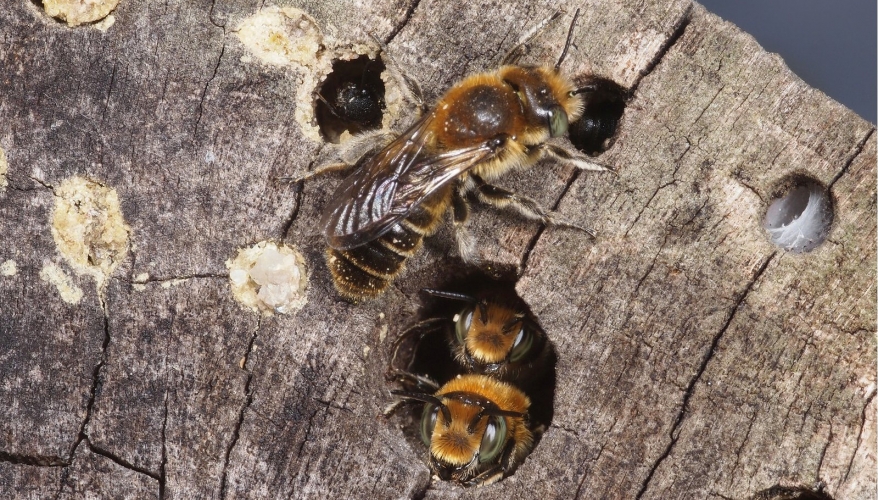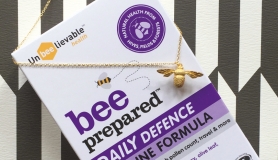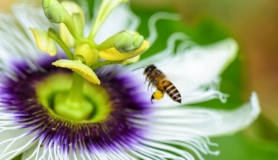Discovered by David Notton, conservationist for the Natural History Museum last week, the bee is unlikely to become widespread in Britain. “It’s at the limit of its temperature range here, and is restricted by its reliance on pollen from a specific plant called Viper’s Bugloss,” explains Notton. “But it’s a great example of how important urban green spaces are for giving pollinators a home and that putting bee nesting boxes in gardens and parks can help support pollinators too.”
There are over 270 species of bee in Britain. Around 80 species can be found in Greenwich Peninsula Ecology Park in the former gasworks site on Greenwich Peninsula, with about 10% of these being at some degree of risk.
The bee lives on its own rather than in a colony and makes its nest in hollow stems or holes in wood, capped with mud. Hole-nesting bees such as these sometimes get moved around when they nest in cavities in freight or vehicles. Given its living habits the discoverers have proposed a common name: Viper’s Bugloss Mason Bee Hoplitis adunca.
According to Notton, the picture is mixed for bees in Britain: “Some bee species are doing ok, while others are struggling, with habitat change, climate change and pesticides all impacting the environment.”
Photography: terraincognita96/Flickr







